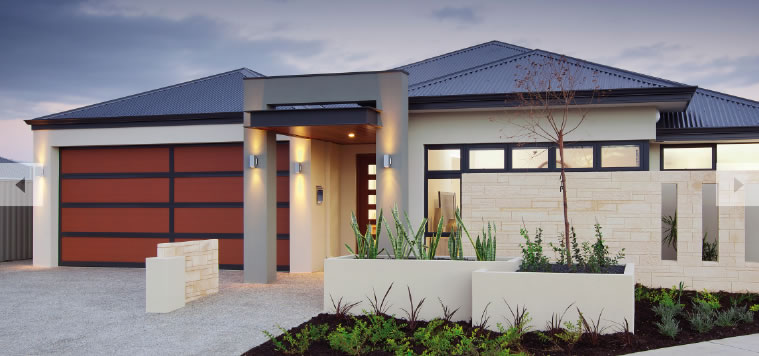3 TIPS FOR BUILDING AN ENERGY EFFICIENT HOME
With rising energy bills it is becoming increasingly important that your home is built with energy efficiency in mind. Not only is this good for your wallet but it’s also great for the environment. Even if you are not buying or building a new house you can take steps to make an older house more energy efficient.
Energy prices have risen significantly over the past few decades. Government regulation mean that many new houses in Australia must meet tough energy efficient guidelines such as double glazing, insulated roofing and the amount of glass that can be used per square metre.
However an older property built before the 1990’s might not be as efficient as energy conservation was a not a major deciding factor in the building of these properties.
3 energy efficiency tips when building a new house or improving your current home:
- Install adequate insulation
Inadequate insulation is the main reason for energy wastage, especially in older buildings. Most home owners spend a significant amount of their hard earned dollars on cooling and heating their homes to compensate for this.
Here’s a handy checklist that might indicate whether your home is sufficiently insulated or not:
- High energy bills
- Excessive drafts
- Home is very cold in the Winter and excessively hot in Summer
- Excessive noise from outdoors (insulation stops sound)
If your home falls under two or more of the above criteria then you should investigate whether your home is insulated properly. It’s highly recommended that you hire a professional to help solve the problem.
- Select exterior colours and finishes wisely
You may find it hard to believe but you can cut down your energy bills and improve energy efficiency by applying the appropriate paint on your home’s interior & exterior walls. A light coloured roof plays a vital role in conserving energy in your home. Especially with the arid climate in Australia, homes can become extremely hot in summer so a light coloured roof can lower cooling costs significantly. High quality paints deflect extreme light and heat, preventing it from entering your property in the first place.
- Ensure your home is well ventilated
Ventilators, fans, whirly birds and well-positioned door and window openings not only provide fresh air but also exhaust stale air from the home. Poor ventilation can result in unwanted condensation on windows or cause surfaces to become mouldy. Allowing airflow through the building is enough create a cooling effect on a warm day.




